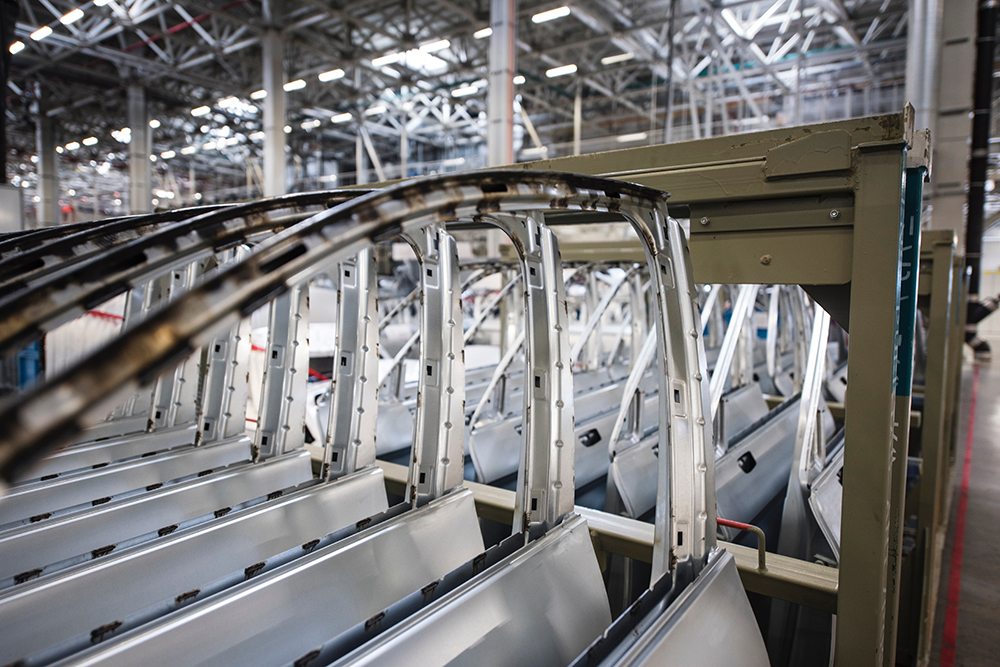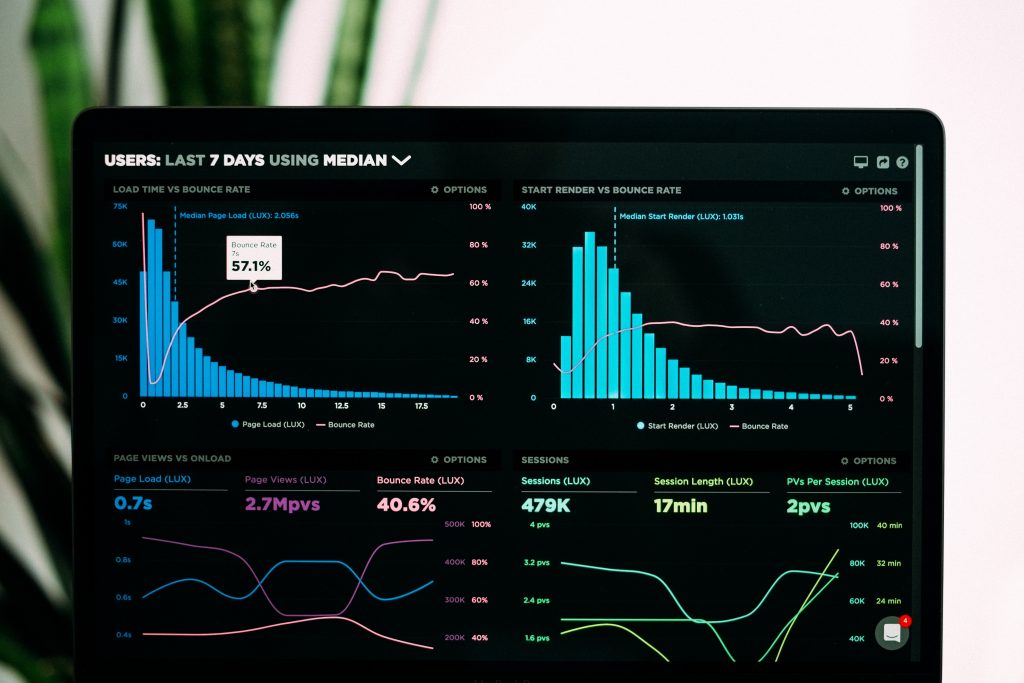
6 Steps to Overcoming Supply Chain Challenges in 2021
Most of the challenges supply chain players face in today’s market are related to the pandemic and economic shutdowns. Even so, they’re no different than what companies have dealt with in the past, or what will come after.
Understanding what those challenges mean for the greater market calls for a brief look at current events and existing obstacles.
1. Improving Resilience
The only thing constant in the market and supply chain operations is, interestingly enough, a wave of change. Whether it involves the shifting demands of consumers, raw material and supply shortages, or a global pandemic, something is always changing or evolving.
Despite this, many trends have skewed towards lean processes and a boost in agility. The problem is that in eliminating excess, many of the redundancies that would boost resilience have become less of a focus.
Until now, the tradeoff has been lucrative. By cutting many of those redundancies, operators have been able to conserve funds, reduce operating costs, and speed up mission-critical processes. If there’s less inventory on hand, there are fewer goods to sort, worry about, or waste. Unfortunately, the pandemic stomped hard on the entire economy, and not having those extra resources compounded all of the other problems.
The entire supply chain has learned an invaluable lesson about proper balancing, as opposed to leaning heavily on a single paradigm or strategy. Going forward, everyone will be focused on building strong supplier relationships, with multiple access points and opportunities. The goal is to bring some of those redundancies back, without destroying agile processes.
2. Building Out Flexibility
To keep up with market changes, supply chain operations need to be flexible. They need strong alternatives, with clear processes and sourcing adaptations.
How does this differ from resilience? Resilience involves creating a more secure operation, while flexibility is about developing alternatives and fostering relationships to support them.
If one supplier is experiencing delays, then an immediate shift to another, with a reliable supply, may be necessary. Taking that a step further, if that shortage is impacting an entire lineup of suppliers, then it’s time to find alternative resources — like a comparable raw material. A move like that cannot always happen quickly or in-the-moment.
Having those avenues in place before an event is the proper solution. The same could be done with regular operations, like a spike in product demands.
3. Unprecedented Visibility
Long before COVID-19, consumers were growing more aware of the environmental impact of their actions, and of the companies they’re doing business with. This has led to many operators moving not just to more sustainable practices, but also making more transparent moves in the market, and sharing them. The pandemic has certainly amplified that need, to ensure safe and healthy practices.
But end-to-end supply chain visibility is challenging, to say the least. That’s where modern technologies come into play, thanks to Industry 4.0. IIoT devices, supply-related blockchain applications, machine learning, and big data all have a role to play, and they’re already being used in the industry to great effect. They also provide a host of benefits, which affect even some of the other challenges like resiliency, flexibility, security, and so on.
More visible practices will become commonplace as supply chain operators work together to create a sustainable, open, and secure network.

Photo by Luke Chesser on Unsplash
4. Data-Driven Operations
The supply chain has always been powered by data, but digitization takes it to a whole new level. Successful management improves planning in operations, materials-sourcing, production, and distribution.
Machine learning and advanced analytics will highlight new trends, opportunities, and decisions directly related to the market. A predictive model might help account for a demand shift or shortages, before signs of change rear their head. Similar data might empower leaner processes that don’t sacrifice mission-critical redundancies.
That’s what Industry 4.0 is all about: smarter and contextually driven processes that utilize real-time market details to bob and weave with incredibly precise actions. It’s safe to say that no industry has ever seen anything like this before, which is why these technologies have taken root so deeply and rapidly in the modern world.
Many operators have already adopted and deployed data-driven practices in regular operations, so it’s more about discovering new ways to leverage the related solutions. Digital twins have become almost pervasive in the industry, but with the help of artificial intelligence, they can become so much more valuable.
5. International Relations and Trade Agreements
Without touching upon specific events, political or otherwise, the past few years of tumultuous global relations and trade agreements have posed some unique challenges.
In November 2020, 15 countries came together to ratify one of the largest free trade agreements in history — the Regional Comprehensive Economic Partnership (RCEP). While the United States and India withdrew, the agreement still has a significant impact on foreign trade and the supply chain. It should help strengthen the economies in North and Southeast Asia.
Supply chain operators must remain mindful of these changes, along with any on the horizon, and how they might impact the market, relations, and partnerships. Parsing some of these events is a challenge by itself. There is no straightforward answer, unfortunately, but it does highlight the need to maintain a team of experts for understanding and dealing with them.
6. Trade Disruptions
Despite being a mission-critical component of the modern supply chain, the trans-Pacific trade lane has been disrupted in various ways. From ocean rate spikes due to trade tariffs to physical disruptions, much like the Suez canal mishap, there’s an ever-growing need to plan for these events and make up for when they do happen.
It’s impossible to predict some of these events, which is why resilience and flexibility are so important. Supply chain operators will need to form strong partnerships to resolve issues quickly and create new opportunities.
Looking to the Future
The entire supply chain faces formidable challenges, and there are no guaranteed solutions. But that doesn’t mean there’s no way forward. Modern technologies like IIoT and advanced analytics, alongside data-driven operations, can certainly alleviate some of the growing pressure. So can the improved resilience and flexibility of all parties.
Preparing for the future will keep everyone on their toes. But the good news is that there is a light at the end of the tunnel. As the pandemic hopefully winds down, many challenges will become more manageable, as well.
This article is written by Devin Partida. Devin is a tech writer with an interest in the IIoT and manufacturing. She is also the Editor-in-Chief of ReHack.com.






